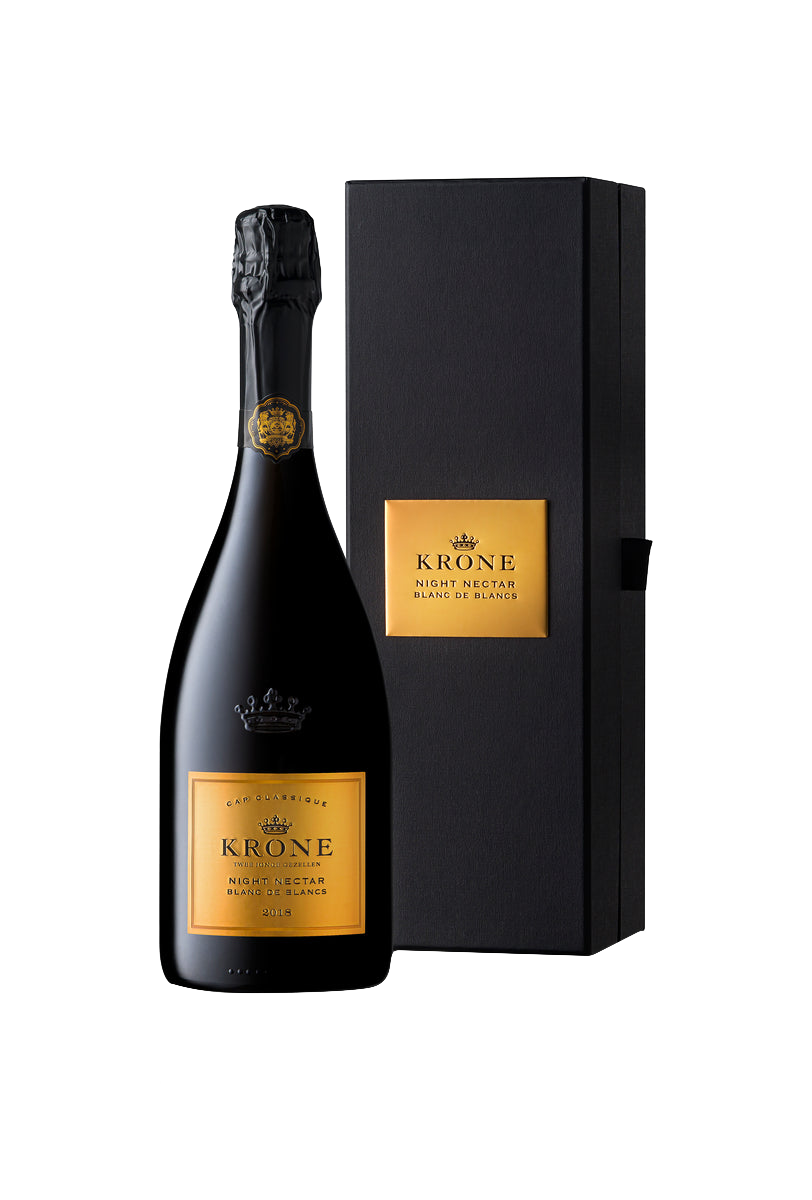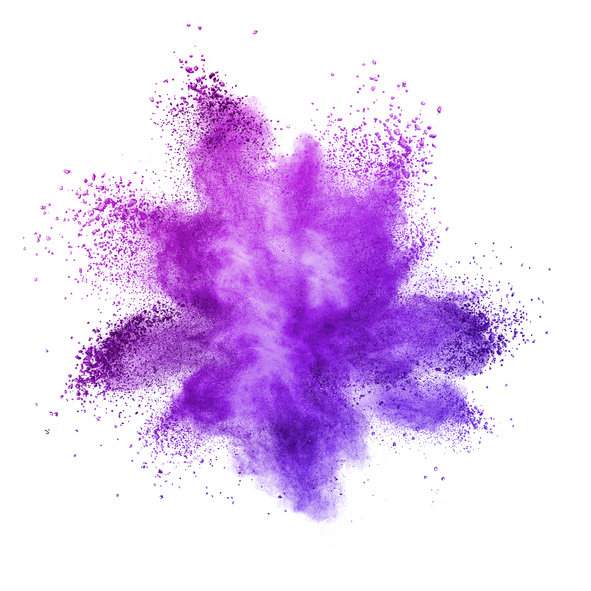CHEERS | WINE


Liquid
Gold
Bubbly is South Africa’s most healthy category of wine – with sales growing in double digits for the last seven years. Within the field of cap classique there is one particular style that consumers are loving more and more: semi-sweet.
Stellenbosch producer Simonsig pioneered méthode cap classique (MCC) in 1971 when it made the first ever sparkling wine the same way Champagne makers did, by allowing a wine to undergo a second fermentation in the bottle.
The carbon dioxide bubbles, the by-product of the fermentation process, have nowhere to go since the bottle is sealed with a beer-bottle like crown cap, so they absorb into the liquid – and add the distinctive sparkle and fizz once opened.
Since that first Kaapse Vonkel more than 50 years ago, cap classique has grown in popularity and in 1992 a Cap Classique Producers Association was established with 14 members, a number that has now grown to more than 100. In its annual overview for 2021, the association noted that in its top five export markets, cap classique sales amounted to R155 million, with some markets like the United Kingdom showing a 77% increase in growth.


Every year, around 10.5 million bottles of cap classique are made – and 80% of that is sold locally. (It still pales into near insignificance compared to Prosecco’s 660 million bottles and Champagne’s 343 million bottles though!) It’s a healthy, growing category worldwide, and all indications are that more consumers are popping bottles of bubbly more frequently than a few decades ago.
The traditional styles of Brut, Blanc de Blanc and Rosé are well established – but there’s a strong new trend emerging, said Cape Wine Academy principal Heidi Duminy. And that’s a sweeter style of cap classique.
Duminy, who did her Cape Wine Master thesis on sparkling wine and also heads up the judging panel for the annual Amorim cap classique challenge, said sweeter cap classique is the hot topic of the moment!
“Cap classique is growing, but the sub-category that is just exploding is in the sweeter style,” she said. “More and more noted cap classique producers are expanding their range to include a demi-sec or a nectar.”
Although there is not yet an “official” name for this sweeter style locally, most producers have opted to follow the lead set by Krone, the Tulbagh-based bubbly specialist. Krone Night Nectar demi-sec is the undoubted leader of the pack, selling 146 000 bottles into local retail, Duminy said. “They’re the biggest by far. The next or second spot is occupied by Distell’s Pongracz with its distinctively purple packaged Noble Nectar and they’re at 96 000 bottles.”
The interesting aspect to this style of cap classique, Duminy said, was that it was an entirely new market. “It’s very much across the board and is a good recruiter into the category. It’s the point at which people start getting into cap classique.
“And it’s intriguing to note that these new consumers are very aware of the difference in quality between the bottle fermented wines and the carbonated sparkling wines – or non-cap classiques. There’s definitely an appetite for a premium product – as demonstrated by Krone’s bottle price which the market is more than happy to pay.”
Duminy’s final observation was the difference in the way that these nectar or demi-sec wines are made. “In Champagne, pretty much all wines start out the same all the way through the second fermentation and maturation. It’s only when the dosage is added at the final stage that the difference between demi-sec or doux is made. Whereas in South Africa, the cap classique producers actively blend the respective wines from day one to be slightly riper or more fruit-driven for their demi-sec or nectar examples.”
Duminy said consumers relate to the term “nectar” far more easily than they would to demi-sec, which is the sweetness level which Champagne favours. According to SA wine sweetness legislation – specifically for bubbly – semi-sweet is between 32 and 50 grams per litre of residual sugar, where dry is anything under 12g. This is modelled on France’s sweetness levels which are brut nature (0 – 3g), extra brut (0 – 6g), brut (0 – 12g), extra dry (12 – 17g), sec or dry (17 – 32g), demi-sec (32 – 50g) and doux (50g+).
“It’s gained popularity because people associate it with Moët & Chandon’s well known Nectar – or Veuve Clicquot’s Demi-Sec or Rich bottlings,” Duminy said. Another point she made was that the Krone Night Nectar is an unashamedly premium product, retailing for R599 a bottle.
Johan Malan, son of Simonsig Kaapse Vonkel pioneer Frans Malan, pointed out that French Champagne was initially substantially sweeter than they are today. “The first dry champagne only hit the market halfway through the 19th century. So we aren’t inventing something new, but making a style of bottle-fermented sparkling wine that’s been around for centuries.” Simonsig opted to go the demi-sec route when their sweeter version of Kaapse Vonkel, the 2015 was released, rather than calling it a nectar.
